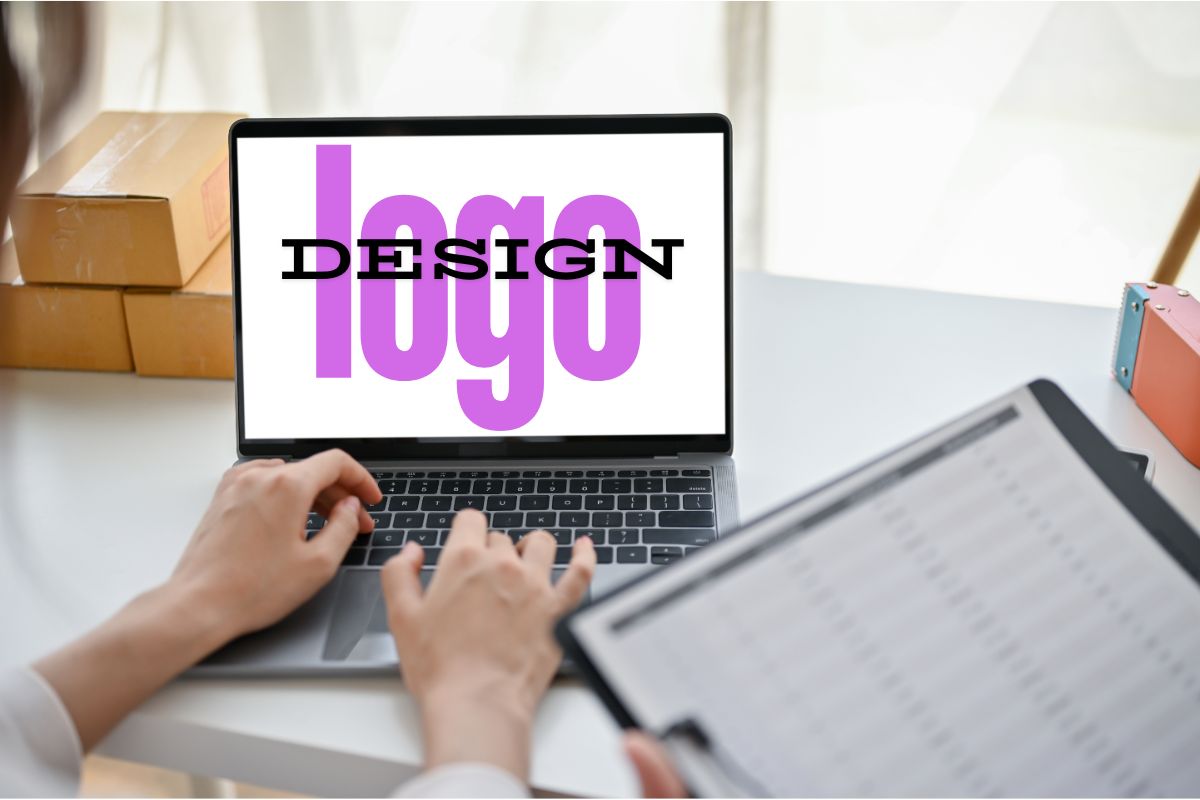Your website’s logo is not more than just an image; it’s the visual representation of your brand, the first impression that grabs visitors’ attention. A well-designed custom logo fosters brand recognition, memorability, and trust. But where do you begin? Here’s a step-by-step guide to designing a custom logo that perfectly embodies your website’s essence:
1. Define Your Brand Identity
Before diving into design, solidify your brand identity. What are your brand values? What makes you unique? Who is your target audience? Answering these questions helps create a logo that resonates with your brand message.
2. Explore Logo Inspiration
Browse logos of companies you admire, paying attention to color schemes, fonts, and design styles. Collect inspiration from online galleries like Behance or Pinterest to understand current logo trends. However, avoid copying; use inspiration as a springboard for your own unique creation.
3. Choose the Right Design Style
Logos come in various forms: wordmarks (text-based), lettermarks (abbreviated initials), or pictorial (symbol-based). Consider your brand name and target audience when choosing a style. For example, a playful brand might use a mascot logo, while a legal firm might opt for a sophisticated wordmark.
4. Pick a Color Palette
Colors evoke emotions and influence brand perception. Choose colors that align with your brand identity. Consider color psychology: red signifies energy, green represents growth, and blue evokes trust. Explore online color palette generators for inspiration.
5. Select Fonts Wisely
Fonts significantly impact the tone and readability of your logo. Choose fonts that complement your chosen design style and are legible at various sizes. Sans-serif fonts are modern and clean, while serif fonts lend a classic touch.
6. Keep it Simple and Scalable
A complex logo with intricate details might look stunning on a large screen but can become blurry when scaled down for mobile use. Strive for simplicity and ensure your logo remains recognizable and impactful across different sizes and mediums.
7. Design Iterations and Refinement
Designing a logo is an iterative process. Sketch out different logo concepts and gather feedback from trusted individuals. Don’t be afraid to experiment and refine your design until you achieve the desired effect.
8. Consider Using Design Tools
While professional designers can create stunning logos, there are online design tools like Canva or Adobe Spark that offer logo templates and basic design features. These can be a good starting point if you’re on a budget or prefer a DIY approach.
9. Copyright and Trademark Considerations
Before finalizing your logo, ensure it doesn’t infringe on existing trademarks or copyrights. You can conduct a trademark search online or consult with a legal professional for peace of mind.
10. Maintain Brand Consistency
Once you have your final logo, maintain brand consistency across your website, social media platforms, marketing materials, and any other branding elements. Consistency reinforces your brand identity and fosters recognition.
Conclusion
Designing a custom logo is an investment in your brand’s future. By following these steps and embracing your creativity, you can create a logo that stands out, resonates with your target audience, and becomes a cornerstone of your brand identity. Remember, a well-designed logo is not just an image; it’s a visual legacy that embodies the essence of your website and leaves a lasting impression. So, take your time, explore your options, and craft a logo that truly represents your brand’s unique story.



